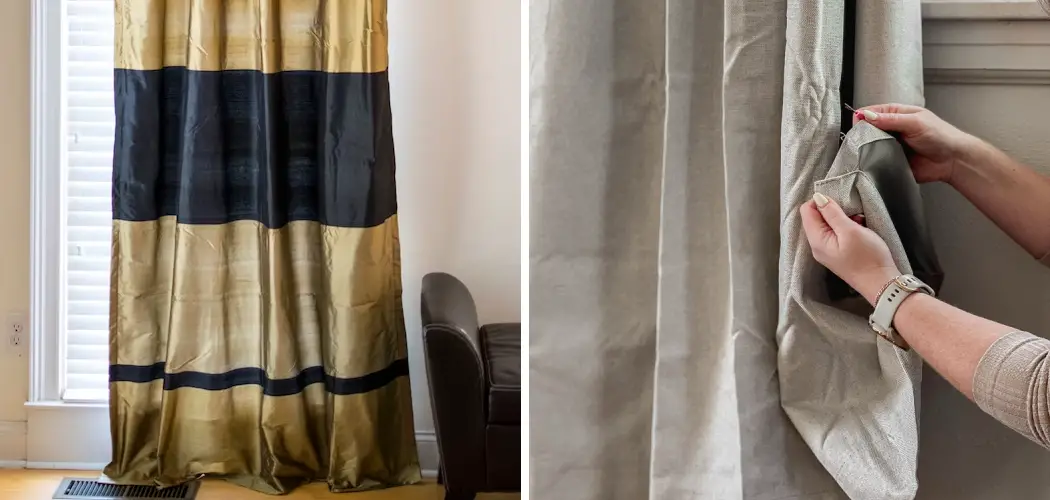Transforming your living space with curtains that perfectly kiss the floor can make all the difference between a makeshift room and one that exudes elegance. However, the quest for drama in drapery often stumbles at the hurdle of too-short curtains, leaving many homeowners wistfully eyeing their dream setup.
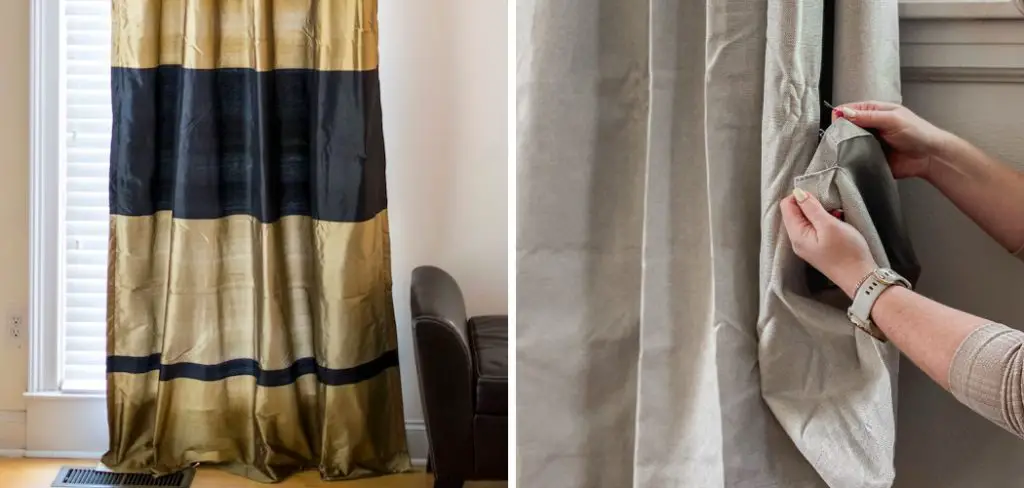
When it comes time to tackle the task of lengthening, your choice of fabric brings a unique set of challenges, from marrying disparate weaves to ensuring a seamless fall.
Yet, such hurdles simply lay the groundwork for a creative venture, where innovative solutions await those willing to thread the needle toward dramatic transformation. So keep reading to learn more about how to lengthen curtains with different fabric.
Understanding Your Fabric Foe
Grasping the nuances of fabric weight, drape, and texture is crucial in curtain lengthening, as these characteristics directly influence the choice of technique and the final look. Lightweight fabrics like sheer and linen offer a breezy elegance. They can be extended with delicate hemming or the addition of a thin, complementary fabric strip to preserve their ethereal quality.
In contrast, heavier materials such as velvet and tapestry require a more robust approach to maintain a seamless extension. They may necessitate broader borders or reinforced stitching to handle their weight. Challenges arise in ensuring that the additional fabric matches both color and weight to avoid an unbalanced drape.
Fraying edges are a common adversary, especially with loosely woven fabrics, while heavier materials risk appearing bulky at the seams if not joined with precision. Addressing these concerns with appropriate techniques will ensure that your curtains lengthen and flourish in their extended form, enhancing the room’s aesthetic effortlessly.
Classic Lengthening Techniques
Hemming:
The art of hemming embodies the quintessence of both form and function in curtain lengthening. Traditional single and double-fold hems pave the way for a clean and polished finish suited for most fabric types. Single-fold hems are minimalistic, employing a single turn and stitch for lighter fabrics. The double fold, however, provides additional weight and durability, ideal for heavier drapes.
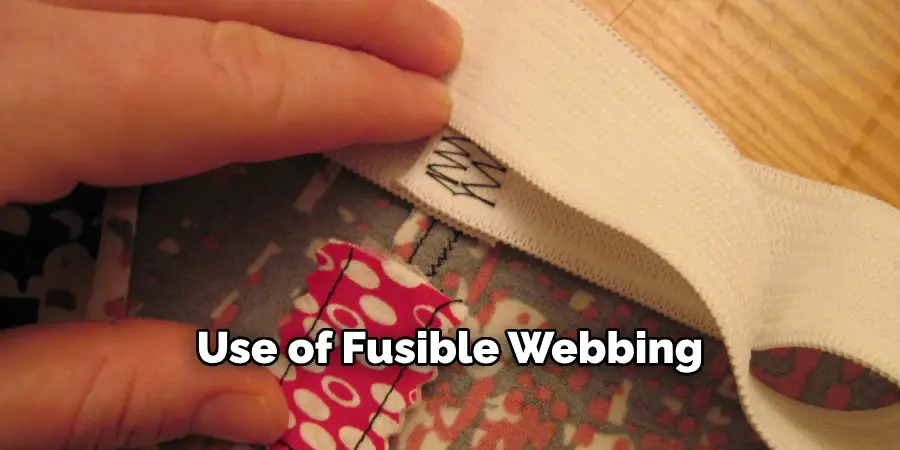
Then there’s the innovative use of fusible webbing, a godsend for those seeking a no-sew solution, especially when dealing with delicate fabrics. This adhesive material can be ironed between the fabric layers, creating a bond that stands in for stitching, ensuring a sleek hemline without the risk of damaging the fabric with needles.
Adding a Border:
For a dash of decorative flair, contrasting or complementary borders offer boundless creativity in extending curtain length. Borders can be bold, using colors that stand out, or subtle, with hues that blend seamlessly into the existing fabric. Pre-made trims deliver convenience and variety, while bias tape provides a polished edge with the flexibility to conform to curves.
Curating custom fabric strips allows for tailored textures and patterns, ensuring that the new addition complements the original curtain’s aesthetics. Choosing the suitable material for a border elevates the design and contributes the necessary weight to anchor a newly elongated drapery.
Let the Lining Lead:
In certain extensions, a longer lining can be a silent hero, delivering a subtle lengthening effect with practical benefits to boot. It acts as an unsung ally, augmenting not just the length but also the weight and insulation properties of the curtains. Materials such as cotton, polyester, or thermal linings can be chosen based on desired thermal regulation and light filtering.
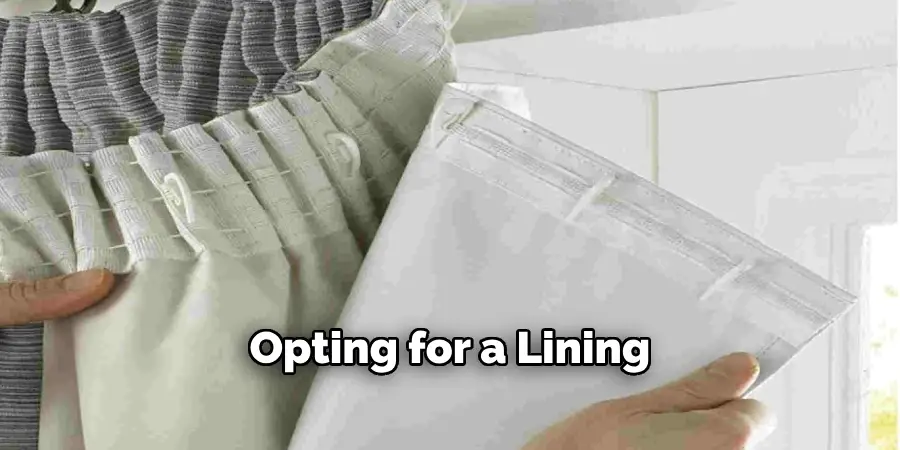
By opting for a lining that extends past the main fabric, it is possible to achieve additional length while maintaining the exterior curtain’s integrity, texture, and pattern uninterrupted. This technique also circumvents the potential mismatch of external fabric, creating a graceful and unassuming enhancement from within.
Creative Lengthening Solutions
Panels and Patchwork:
By introducing contrasting fabric panels, curtains can transform from simple window treatments to bold statement pieces within a room. These panels may span the full width of the curtains or just parts of it, creating a striking visual impact. For those with a penchant for eclectic aesthetics, patchwork techniques beckon with their unique and artistic touch.
Patchwork allows for a mix-and-match approach that harmonizes a diversity of fabric squares, each telling its own story while collectively bringing about a visually pleasing extension to existing curtains.
Ruffles and Pleats:
On the playful end of design options, Ruffles can be added to the bottom of the curtains on the playful end of design options to introduce a whimsical look that dances with movement. Tailored for lightweight fabrics, ruffles offer a sense of romantic flair as they gently cascade down to the floor.
Meanwhile, pleats can serve to add both length and texture, imbuing the curtains with a classical charm. When introduced near the bottom hem, box pleats or pinch pleats not only elongate but also add a voluminous texture, transforming plain curtains into an embodiment of sophistication.
Color Blocking and Ombré:
Adhering to the crisp, modern aesthetic of the present day, color blocking employs horizontal fabric sections to create a fresh and vibrant vibe. This approach plays with color as a functional and eye-catching element, breaking up the curtain’s length with blocks of contrasting or harmonious shades.
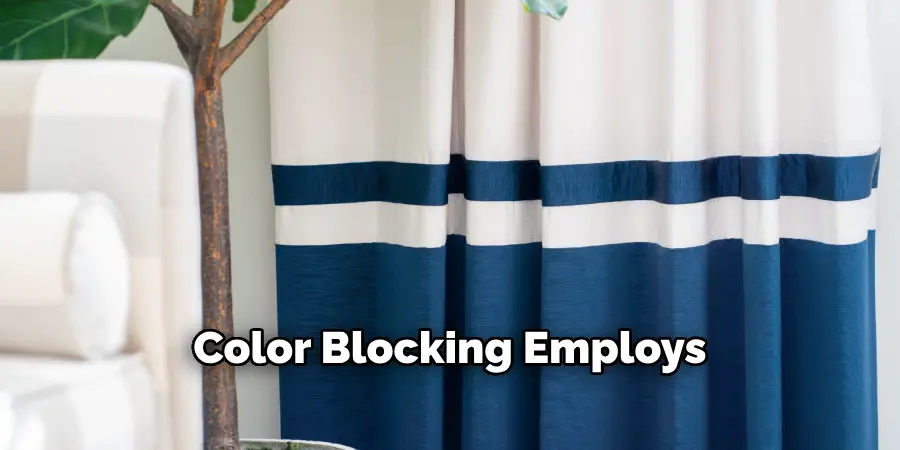
Beyond that, an ombré effect, which constitutes a gentle transition from one color to another, can establish a visually lengthening illusion. This subtle gradient can draw the eye upward, giving the curtains a flowing and elongated appearance that can be wonderfully effective in rooms with low ceilings.
Special Considerations for Delicate Fabrics
Delicate fabrics, such as silk, chiffon, and fine lace, require meticulous care and finesse during curtain lengthening. Their susceptibility to damage demands gentle handling and techniques that preserve the integrity of the material. Hand sewing is an especially viable method for these textiles, offering precision where a sewing machine may be too harsh.
Hand stitching significantly reduces the risk of snagging or creating unintended tears, allowing for the subtle incorporation of intricate embellishments that embody elegance.
Furthermore, the application of a fabric stabilizer is often recommended. As a behind-the-scenes support system, a stabilizer can be ironed or sewn into the fabric to provide structure, mitigating the chances of fraying and maintaining the curtain’s shape through the extension process.
The use of stabilizers is particularly crucial when handling sheer fabrics that are prone to distortion. By adhering to these specialized methods, one ensures that the extended curtains function as intended and retain their original beauty and splendor.
How to Lengthen Curtains with Different Fabric: Detailed Instructions for Classic Techniques
Precision and care are imperative when applying classic techniques such as hemming, adding a border, or extending curtain linings. Here are detailed step-by-step instructions to guide you through each process.
1. Hemming:
- Single Fold Hem:
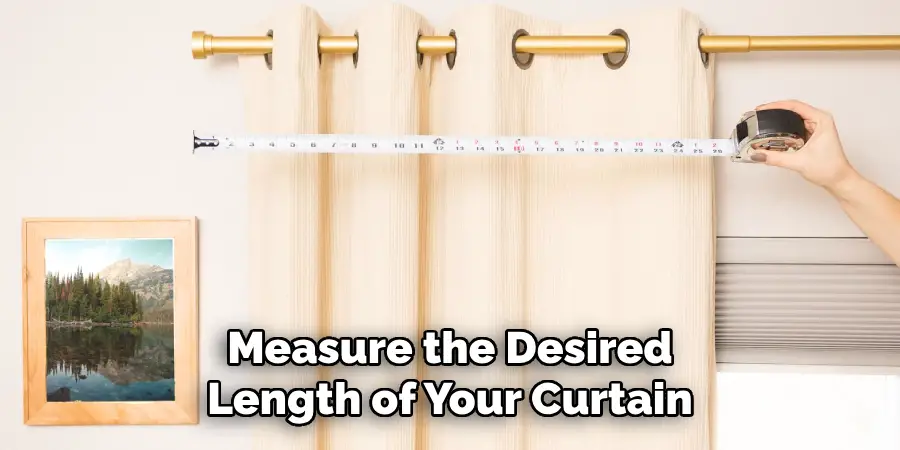
- Measure the desired length of your curtain and add 1 inch for a single-fold hem.
- Cut the fabric to your measured length.
- Press the bottom edge up by 1/2 inch, ironing it flat to create a crease.
- Fold again by another 1/2 inch to encase the raw edge, and press again.
- Pin the hem in place and stitch close to the inner folded edge.
- Double Fold Hem:
- Measure the desired length, adding 3 inches for a double-fold hem.
- Press the bottom edge by 1 inch, then fold another 2 inches and press again.
- Stitch close to the inner folded edge to secure the double hem.
Use a blind hem stitch for an invisible finish on lighter fabrics and a stronger straight stitch for thicker materials. Press and pin the hem in smaller sections for curved hems to maintain the curtain’s shape.
2. Adding a Border:
- Pre-made Trims and Bias Tape:
- Measure the bottom edge of your curtain and cut the trim or bias tape to length, adding 1 inch for mitered corners.
- To create mitered corners, fold the trim at a 45-degree angle at each corner and press.
- Pin the trim onto the fabric, aligning it with the curtain’s edge.
- Sew the trim using a straight stitch close to the tape’s open edges.
- Fabric Strips:
- Cut strips 4 inches wide and length equal to the bottom edge plus 20% for seam allowances.
- Fold the strips in half lengthwise, right sides together, and iron.
- Sew the ends together at a 45-degree angle for seamless corners.
- Turn right side out and attach to the curtain, just above the existing hem.
3. Let the Lining Lead:
- Attaching a Longer Lining:
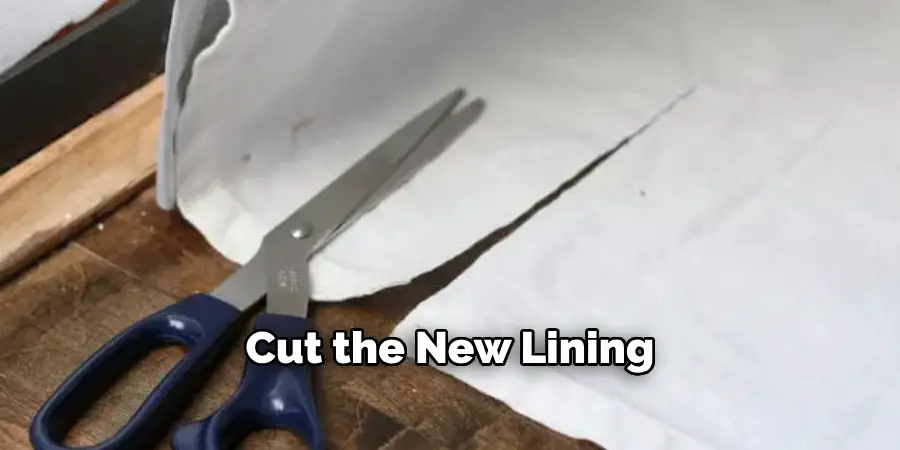
- Cut the new lining to match the width and desired extended curtain length.
- Place the lining and curtain on the right sides together, aligning at the top edge.
- Sew along the top and sides, leaving the bottom edge free.
- Flip the right side out and press, ensuring the seam sits flat.
- Use blind stitching to attach the lining to the curtain at the bottom edge, allowing some ease for the lining to hang well.
Ensure even weight distribution by selecting a lining of a similar weight to the fabric. Offer sufficient tension on the lining when hand-stitching to avoid sagging. Consider reinforcing the top with an appropriate heading tape when attaching a heavy lining to a lightweight curtain.
Unleashing Creativity with Step-by-Step Guides
Panels and Patchwork:
Creating a personalized look with contrasting fabric panels is a fantastic way to spice up plain curtains. To begin:
- Measure the length and width where you want to add your panel, adding a 1/2-inch seam allowance on all sides.
- Cut your contrasting fabric to these dimensions.
- Pin the panel to your main curtain where desired, right sides together, aligning the edges.
- Sew the panel onto the main fabric using a straight stitch, then open the seams.
For patchwork:
- Choose fabrics that complement each other. Mix patterns with solid colors to create balance.
- Decide on shapes—squares, strips, or geometric patterns—and add a 1/4-inch seam allowance for piecing.
- Stitch the pieces together in your chosen design, pressing seams to one side to reduce bulk.
- Attach the completed patchwork panel to your curtain as described above.
Ruffles and Pleats:
Ruffles add a whimsical element to a curtain’s aesthetic. To create them:
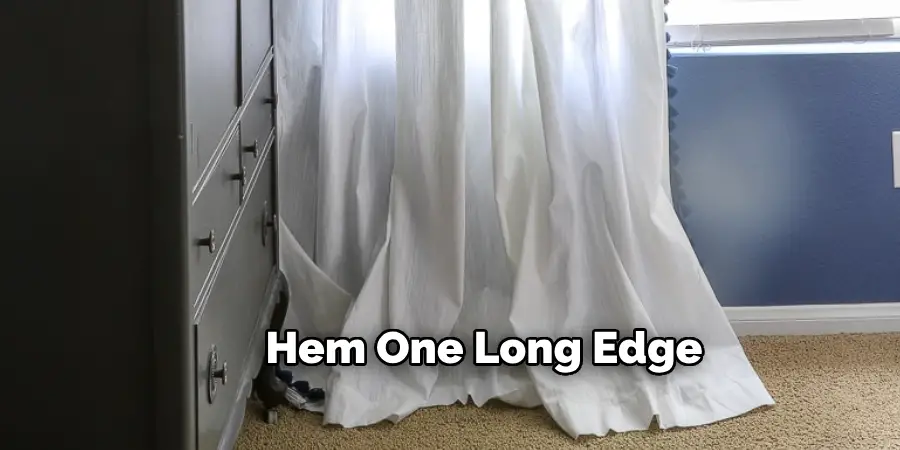
- Cut a strip of fabric twice the width of your curtain and your desired ruffle length plus seam allowances.
- Hem one long edge and gather the opposite edge using a long basting stitch.
- Pull the threads to create even gathers, then pin the ruffle to the curtain and stitch in place.
For pleats:
- Decide on the depth and spacing of your pleats, with common practice being three times the fabric to the width of finished pleat.
- Mark the fabric folds and pin them in place.
- Sew along the top of the curtain to secure the pleats, using either a machine or hand stitch for a more delicate touch.
Color Blocking and Ombré:
For a modern, vibrant curtain with color blocking:
- Decide on the number of sections and their respective colors, ensuring they complement each other.
- Cut horizontal fabric sections to the desired lengths, including a 1/2-inch seam allowance.
- Sew the sections together, starting from the bottom up, and press each seam downwards.
For ombré:
- Choose your colors and prepare the dye according to instructions.
- Wet the curtain and apply dye starting from the bottom, gradually lightening as you move up.
- Rinse and dry the curtain, following the dye manufacturer’s recommendation for setting the color.
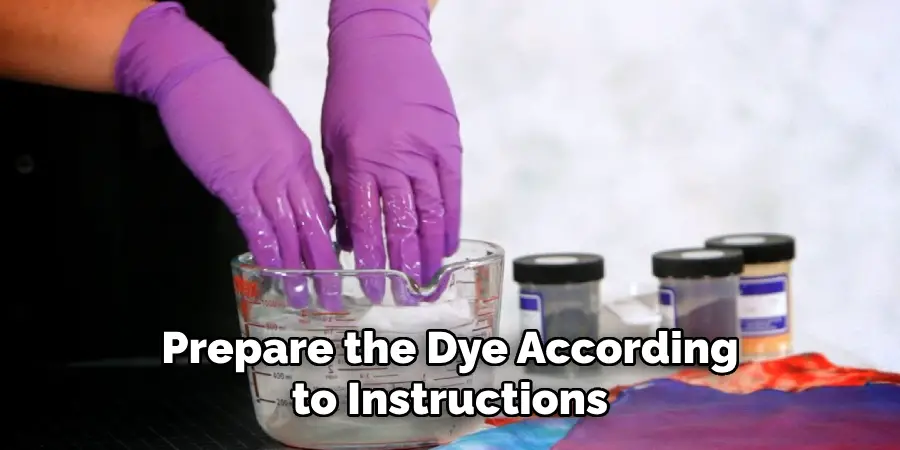
Remember to pre-wash fabric to prevent shrinkage and uneven dyeing. For all techniques, accuracy in measurement and even sewing will ensure the best finish for your dynamic, personalized curtains.
That’s it! You’ve now learned how to lengthen curtains with different fabric, hemming techniques, and creative elements. Use these skills to transform any standard curtain into a unique addition to your home decor.
5 Benefits of Lengthening Curtains with Different Fabric
Curtains are like the elegant dancers of interior design, gracefully framing the view from your windows. When it comes to extending the life and style of your curtains, lengthening with a different fabric can work wonders. Here’s why:
1. Enhanced Aesthetics
Curtains are a significant feature in any room, and altering their length with various fabrics can significantly change the overall aesthetic. It’s akin to dressing them up for the season or an occasion. For example, a room can shift from a light, summery feel to a cozy, warm atmosphere simply by attaching a new layer. Each fabric has its personality, and by selecting something that complements the existing curtains or contrasts with them, you can breathe new life into your space.
Customization Made Easy
The versatility of this approach lies in the ability to customize your curtains to your personal taste. Whether you prefer a modern and sleek look that a clean, tailored fabric offers, or you love the luxury and opulence that a rich velvet brings, the choice is yours. With a few simple DIY steps, you can have a one-of-a-kind design that aligns perfectly with your decor vision.
2. Cost-Effective Solution
Buying new curtains every time you want a change can quickly add up. Lengthening your existing curtains with a different type of fabric provides an astute solution to this dilemma.
Refresh without the Splurge
This approach allows you to refresh the look of your curtains without the hefty price tag. Fabrics can be sourced from various outlets, often cheaper than fully-fledged curtains. Moreover, this approach aligns with sustainable living by repurposing what you already have, a win-win for your wallet and the environment.
3. Increased Privacy and Light Control
Window treatments are not just about looks; they serve practical purposes, too. Lengthening curtains with different fabrics can significantly impact the light in your room and offer a higher degree of privacy.
Keeping the Outside, Outside
Thicker materials can provide a better barrier to the outside world, making it harder for passersby to peek in. It also helps maintain a more consistent and darkened room, perfect for those who value a good night’s sleep or need a darker space for their work or entertainment.
4. Improved Insulation and Energy Efficiency
The right fabric not only enhances the look of your curtains, it can improve the insulation in your home.
Cooler in Summer, Warmer in Winter
Heavier fabrics, particularly thermal and insulating materials, offer more substantial barriers to the elements. This means warmth is kept in during winter, and the sun’s heat is repelled during the hotter months. The effects are manifold: decreased reliance on heating and cooling systems, lower energy bills, and reduced environmental impact.
5. Noise Reduction
For those living in bustling urban areas or homes with high traffic noise, an additional layer of curtain fabric can be a welcome barrier.
A Calmer Haven
This doubled-up approach can bring a tranquil silence to areas where noise is an issue, such as bedrooms and nurseries. It’s an acoustic seal to enjoy peaceful nights and productive days without noise pollution.
By understanding the benefits of lengthening curtains with different fabrics, you can truly tailor your window treatments to your needs, from the functional to the fashionable. It’s a small change that makes a big difference – and we’ve only just started pulling back the curtain on the possibilities.
Conclusion and Final Touches
This comprehensive guide explored various DIY techniques to extend and personalize your curtains, empowering you to tailor your decor to your unique style. Remember to measure twice and cut once, ensuring precision for a professional finish. Don’t be shy about experimenting with colors, textures, and designs—embracing a variety of fabrics and techniques can truly make a space your own.
Whether adding a simple hem, attaching a colorful border, or integrating intricate patchwork, the key is to enjoy the creation process. May your enhanced curtains be a testament to your creativity and handiwork. Thanks for reading our post about how to lengthen curtains with different fabric.

